The mortgage Loan Estimate or Bill of Quantity is the beginning of the mortgage loan process. It is the form that is going to provide you with the information you need in order to understand your loan. The Loan estimate will give you important details such as, how much you need for closing, an estimate of your payment amount, the insurance costs and other closing cost details.
We provide A Bill of Quantity acceptable to the bank for the Proposed New Construction, Renovation, Remodeling or Extension of the house.
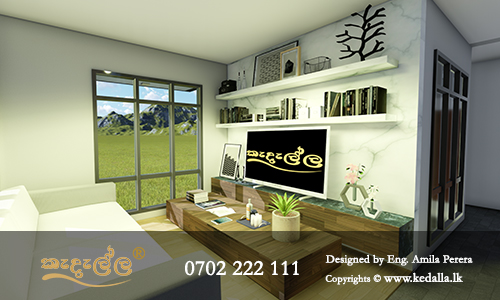
Under the hassle free documentation handling option, our customers are offered a special service of obtaining clearance documents from local authorities via an agent. This service enables customers save their valuable time spent in government offices trying to get clearance documents.
Give us call on 0702 222 111 or visit our office and let us know what you’re planning to build.
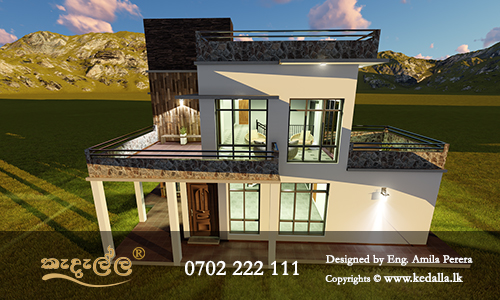
A personal loan is an unsecured loan which can be used for any purpose. It has no oversight and funds will be provided in full to the borrower. If you have a good salary and working in a good company with a good credit score you can get higher loan amounts.
A Home Construction Personal Loan is a loan given exclusively for the purpose of constructing a house on a piece of land already owned by the borrower.
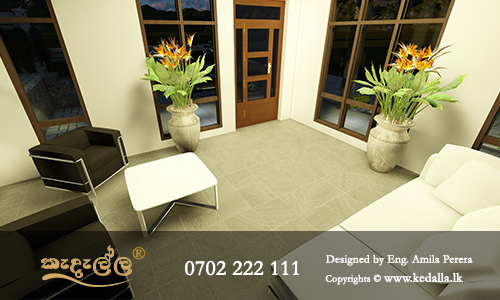
We preparing BOQ / Estimates for bank loans / housing loans
If you have a question about your loan estimate contact Kedalla for more info.
At Kedalla Architectural Designs we pride ourselves in remaining people-oriented. We help our customers get what they want, one on one. We work with our customers individually to match our services to their needs.
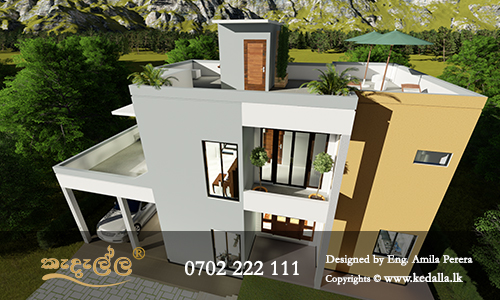
The Loan Value is the total amount of money that a bank will be lending to you. However the loan amount will depend on your repayment capacity.
The loan amount is also decided based on the BOQ value where you can obtain loans up to 100% of the BOQ value when the customer owns the land and in other cases up to 50-75% of the BOQ value or the valuation of the property
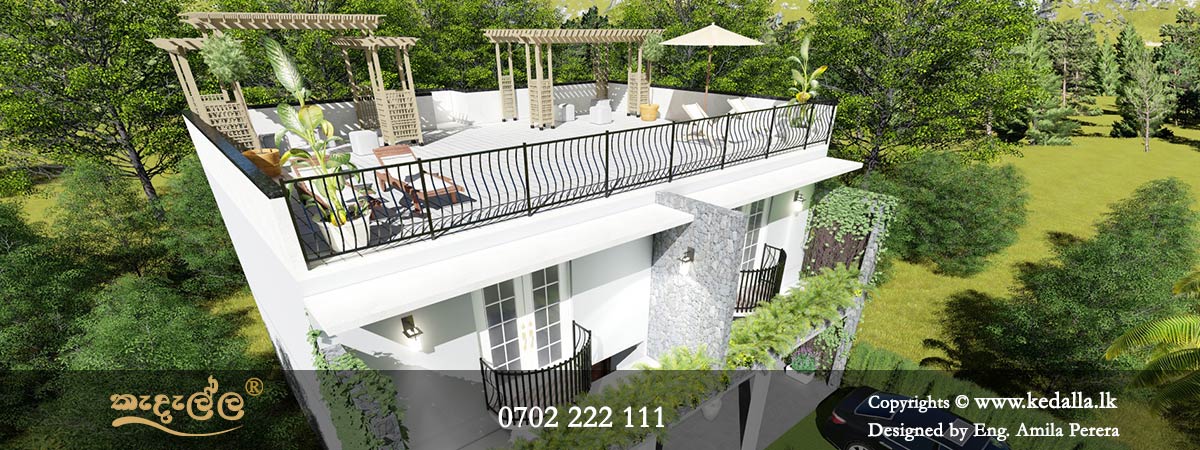

When borrowing money, the required monthly payments are typically a primary concern. Is the loan affordable, given your income and other monthly expenses? If you’re not sure how much you’ll need to pay, a loan payment calculator—or a bit of math—can help you get the answers you need.
Calculators are great for getting a quick answer. They also make it easy to do what-if calculations, which help you truly understand your loan and how your decisions affect your finances. For example, you can compare what happens if you borrow slightly less, or what happens when you get a lower interest rate.
Different Loans, Different Calculations
Before you start calculating payments, you need to know what type of loan you’re using. You use a different calculation (or calculator) for different loans.
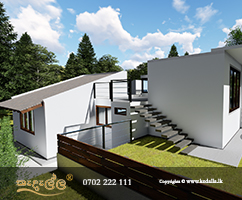
1. Begin your budget by figuring out how much you (and your partner or co-buyer, if applicable) earn each month. Include all revenue streams, from alimony and investment profits to rental earnings.
2. Next, list housing costs and your total down payment. Include property tax, homeowner’s insurance costs, estimated mortgage interest rate and the loan terms (or how long you want to pay off your mortgage). The popular choice is 15 years, but some people opt for shorter loans.
3. Lastly, tally up your expenses. This is all the money that goes out on a monthly basis. Be accurate about how much you spend, as this will dictate what you can reasonably afford.
Input these numbers into loan calculator to get a clear idea of your homebuying or home construction budget.
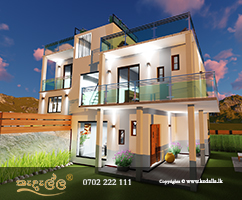
The down payment is a portion of the total sales price of your home, which you give to the home’s seller. The rest of the payment to the seller comes from your mortgage. Down payments are expressed as percentages. A down payment of at least 20-30 percent lets you avoid private mortgage insurance, or PMI.
To explain how bankers and real estate agents talk about down payments, let’s say you buy a house for Rs100,000:
The money for a down payment can come from: Your own savings, The money you get when you sell a house, Gifts and grants from family, employers and nonprofits
Whether you are buying your first home, re-financing, renovating your property or purchasing an investment property, banks will help you make the right choice and match you with a home loan that best meets your needs.
Variable home loan rates give you great flexibility to manage your loan, whilst fixed home loan rates can give you peace of mind with your repayments.
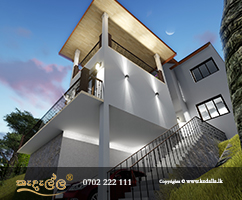
A variable interest rate (sometimes called an “adjustable” or a “floating” rate) is an interest rate on a loan or security that fluctuates over time because it is based on an underlying benchmark interest rate or index that changes periodically.
A variable interest rate loan is a loan in which the interest rate charged on the outstanding balance varies as market interest rates change. As a result, your payments will vary as well (as long as your payments are blended with principal and interest).
The obvious advantage of a variable interest rate is that if the underlying interest rate or index declines, the borrower’s interest payments also fall. Conversely, if the underlying index rises, interest payments increase. Unlike variable interest rates, fixed interest rates do not fluctuate over its term.
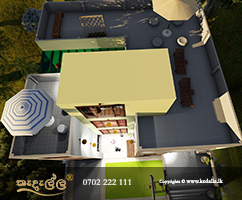
Fixed interest rate loans are loans in which the interest rate charged on the loan will remain fixed for that loan's entire term, no matter what market interest rates do. This will result in your payments being the same over the entire term. Whether a fixed-rate loan is better for you will depend on the interest rate environment when the loan is taken out and on the duration of the loan.
When a loan is fixed for its entire term, it remains at the then-prevailing market interest rate, plus or minus a spread that is unique to the borrower. Generally speaking, if interest rates are relatively low, but are about to increase, then it will be better to lock in your loan at that fixed rate. On the other hand, if interest rates are on the decline, then it would be better to have a variable rate loan. As interest rates fall, so will the interest rate on your loan.
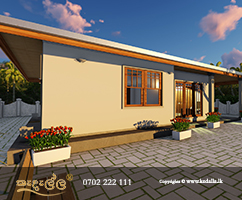
One of the biggest decisions you face when choosing a mortgage is whether you should go for a fixed or variable rate. On the one hand, it’s hard to argue with the certainty and stability of a fixed rate. But then again, no-one wants to give more money to their mortgage lender than they really have to. Right?
However, historical trends aren't necessarily indicative of future performance. The borrower must also consider the amortization period of a loan. The longer the amortization period of a loan, the greater the impact a change in interest rates will have on your payments.
Therefore, adjustable-rate mortgages (ARM) are beneficial for a borrower in a decreasing interest rate environment, but when interest rates rise, then mortgage payments will rise sharply.
Trying to get approved for a construction loan when building a home is a classic example of putting the cart before the horse: you need to provide the bank with a contract in order to get approved for finance but what happens if your application is declined? Well, you’re left up the proverbial creek.
We recommend that you don’t sign a building contract unless it has a finance clause which allows you (at least) 3 weeks to organise your construction loan.
If the contract doesn’t have a clause, you can either ask for one to be included or simply get a draft copy a contract to provide to the bank. Most banks will accept this and, once you’re approved, you can then sign the final contract.
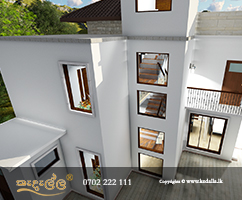
A bill of quantities (commonly known as BOQ) is a document prepared by a quantity surveyor or cost consultant to define the quality and quantity of works required to be carried out by the main contractor to complete a project.A bill of quantities also provides the main contractor with measured quantities of works as identified on the project drawings and specification.
The Bill of Quantities has the following uses:
It is important that a BOQ is prepared to a standard methodology recognised by everyone involved in the project to avoid any misunderstandings or ambiguities. A BOQ is also a valuable document during the process and settlement of any dispute resolution.

Estimate is a rough calculation on quantities of various works & their expenditure, done by the experts of the relevant field before the execution of a project. Accuracy of an estimate depends on the experience, ability and judgement power of the estimator.
Anyone who willing to engage them on constructing something, they’ll surely bother about the quality & money/cost. To feel free from them a solution called “estimate / estimation” was derived…!
An estimator should be very careful of the quantity takeoff, using the given documents such as drawings, specifications and other documents regarding the project. Other than these, every estimate should prepare with the consideration of other 2 factors, which influence a project namely, direct & indirect cost. (Direct cost – cost of materials, equipment, labour & subcontracted cost, Indirect cost – overheads, contingency).
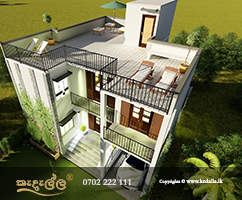
Detail estimate is prepared with the help of complete set of contract documents. The preparation of detailed estimate can do under 2 phases such as work out with quantities of different works and calculate the cost of each work.
A detailed estimate should have documents such as report, specifications, drawings/plans, design charts and schedule of rates. Factors such as, material quantity, transportation of materials, location of site, labour charges, cost of equipment (commonly allowed:- 2% of the estimated cost), overhead charges (commonly allowed:- 2% of the estimated cost), contingencies & unforeseen (commonly allowed:- 4% of the estimated cost) items are needed to consider well while preparing the detailed estimate.
First things first: you’ll need to get approved for your construction loan.
Apart from looking at your financial situation including your payslips, last 3-6 months savings, your most recent tax return, and your deposit size, you’ll most probably need to provide your bank with the following:
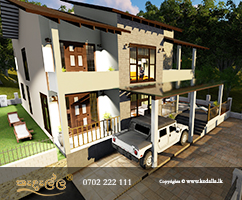
Approximate Estimates - It is also called budget, preliminary estimate. This type of estimate is prepared in the initial stage of a project. To give a clear idea to the owner (client) about the amount of cost needed for the project and to get the approval from necessary sanctioning bodies (eg: from banks to get loan).
Plinth Area Estimates - Plinth area estimate can be achieved by multiplying the values of plinth length, plinth width & plinth area rate. Here the plinth area is referred as, external plinth area of the building at floor level.
Cubic Content Estimates - This type of estimate done by multiplying the volume of the building by the unit cubic rate achieved from the previously (also recent) estimate. This type of estimate is a little bit more accurate than above mentioned methods and mostly suitable for multi storied buildings.
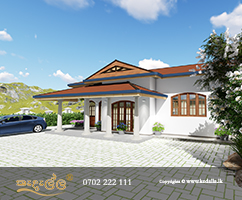
When it comes to commercial management in construction industry, Bill of Quantities (BOQ) is the term which brings attention of every construction professionals and stakeholders.
Generally BOQ is in tabular form which contents description, unit, quantity, rate & amount in different columns. BOQ shall be used in every phase (pre-contract & post-contract) of the project but need of BOQ differs based on different contract agreements & project.Major parts of BOQ can be varied according to the project size as well the practices. Generally it has measured works, Preliminaries & Provisional sums. The contract sum would be addition of these three items.
It should be understood by every construction professional to deliver a quality and expected product to client. In other words to provide value for money.
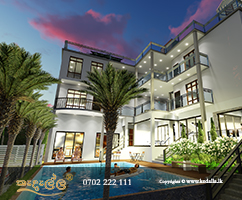
In order to provide a correct and reasonable rate per unit for a particular item, a detailed surveyed called an "Analysis of rate" should be conducted on costs of materials, labour and equipment as required for the unit following its specification. The rate per unit of an item consists of the following:
For such items of work for which it is difficult to prepare an analysis of rate, a lump sum (L.S.) rate should be provided in the estimate.
Read detailed, verified, client reviews about Kedalla Architects
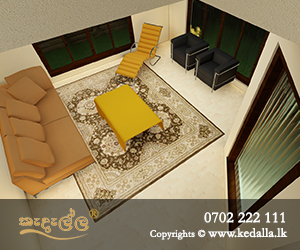
Mr. A.K Janith Rangana
Clerk
Ceylon Electricity Board
New Town, Rathnapura